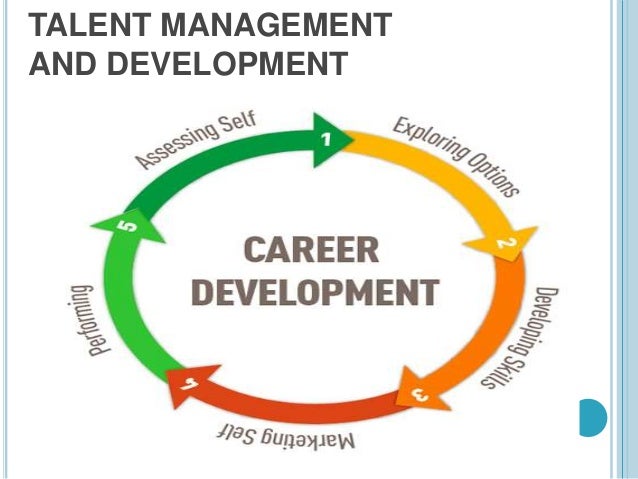This article consists of 14 pages and 3235 words.
In order to have full access to this article, please email us on sales@thedocumentco.com

LEARNING & TALENT DEVELOPMENT
TABLE OF CONTENTS
1. Introduction 3
2. Theoretical Frameworks Relevant to Learning & Talent Development Strategies 4
3. Discussion & Analysis 6
4. Conclusions 10
5. References 12
6. Appendix – I 14
Introduction
In this brief essay the process of within an organization will be evaluated with the help of a pertinent case study. After introducing the selected organization and outlining a few important definitions, the appropriate theoretical frameworks as applicable to the learning and talent development within organizations will be highlighted.
Thereafter, the selected organization will be examined in two critical dimensions i.e. – the organization’s demonstration of the characteristics of Strategic Human Resource Development (SHRD) and suitability of the existing learning and talent development methodologies, policies and strategies in accordance with the identified contextual factors. Towards the end, important conclusions highlighting the main areas of discussion will be outlined.
IBM has been selected as the case study for this essay. The company is presently headquartered at Armonk, New York with annual revenue of US $103.6 billion. It enjoys the services of approximately 400,000 employees, all of them qualified and expert professionals. The company has been selected as the case study because it is considered to be the world’s best company as far as the development of leaders is concerned.
It is pertinent to mention that the company has earmarked about 60,000 of its employees for assuming leadership roles in the near future and maintains an elaborate database on these employees (Kovit & Thai, 2009).
Before moving onto the discussion of learning and talent development theories and their applicability and manifestation in IBM, it is considered pertinent to explain these terminologies briefly.
Learning and talent development is one of the strategies through which contemporary organizations strive to achieve development, growth, sustainability and success through efficient management and articulation of the competencies, skills and capabilities of their workforce (Stewart, 2012).
Hence, the strategy principally involves identification and long-term development of the organizational talent. This talent comprises of high potential or high-performing employees, the development of which is considered essential for organizational growth and success.
In contemporary organizations the learning and talent development strategy is normally executed in three dimensions i.e. project-centric and on-job training; grooming and development programs; and mentoring and coaching by the senior leadership (McCauley & Wakefield, 2006).
Theoretical Frameworks Relevant to Learning & Talent Development Strategies
Before moving onto the discussion of the theoretical and conceptual frameworks, it is considered relevant that the relationship between learning and talent development and SHRD be clearly laid out.
Contemporary organizations adhere to proactive strategies and develop a mature and efficient learning culture towards accomplishment of their strategic objectives. Both these actions also enable the transition learning and development to SHRD (McCracken & Wallace, 1999; Tseng & McLean, 2008; and Anderson, 2009).
However, in order to be effective, the human resource department should ensure that: the strategic proactive approach is in perfect harmony with the overall corporate strategy; it is perfectly integrated with other human resource management processes and systems; is flexible to accommodate the emerging needs; and is pertinent and sustainable.
Similarly, the learning culture should be supported by the top management and guided towards the requisite area of emphasis in order to be effective.
Keeping aforementioned in view, the theoretical and conceptual…

Recent Comments